Optimizing H- and J-type aggregates significantly improves the power conversion efficiency in bulk-heterojunction solar cells.


Optimizing H- and J-type aggregates significantly improves the power conversion efficiency in bulk-heterojunction solar cells.
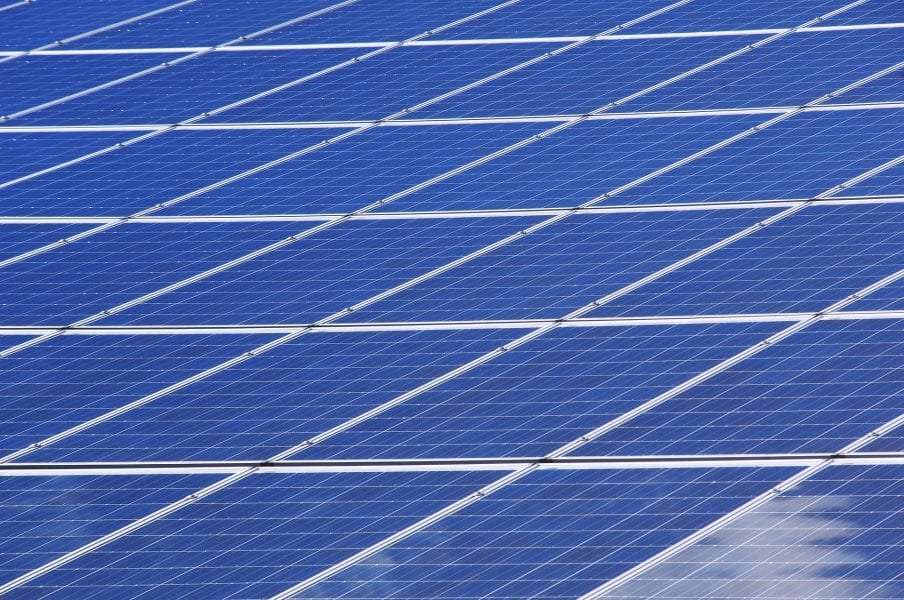
Alternative compounds consisting of abundant, inexpensive, and eco-friendly elements for solar cells are needed.
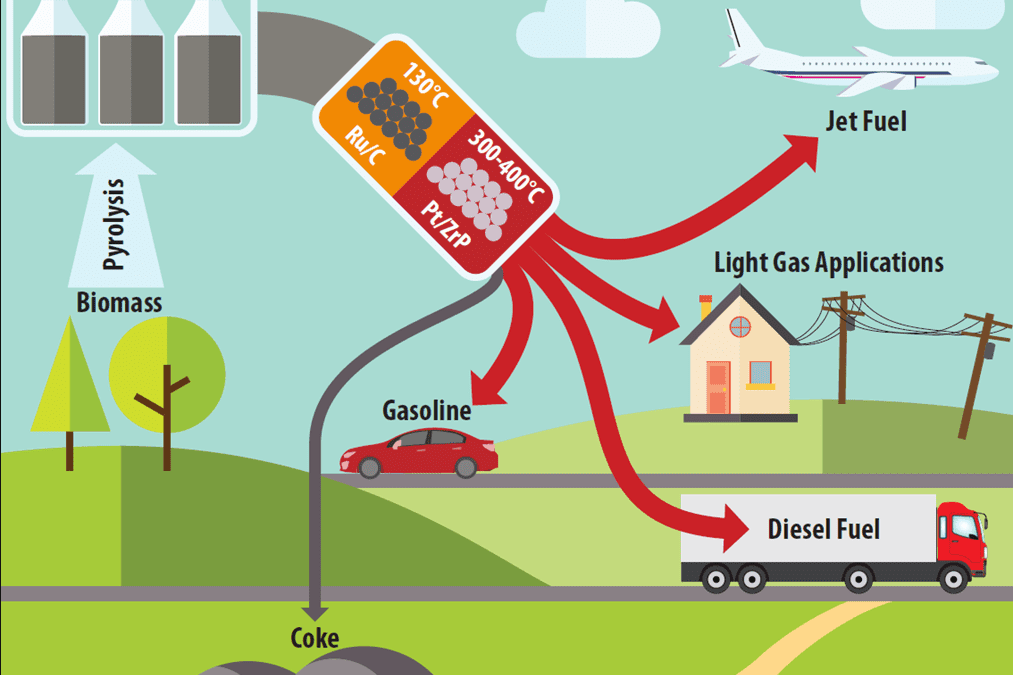
Professor Christos Maravelias of the University of Wisconsin–Madison, USA, and Dr. Jeffrey Herron, now of The Dow Chemical Company talk about their recent article on a systems level approach to biomass upgrading strategies for the next-generation biorefinery.

A microporous aluminophosphate with Linde Type A (LTA) topology (ALPO-LTA) is found to have long-term solar energy storage potential by researchers from University of Nova Gorica, Slovenia.

A greener, energy-efficient route to ultrahigh conductive graphene paper is developed by Jianfeng Wang, Ying Zhu, and co-workers.
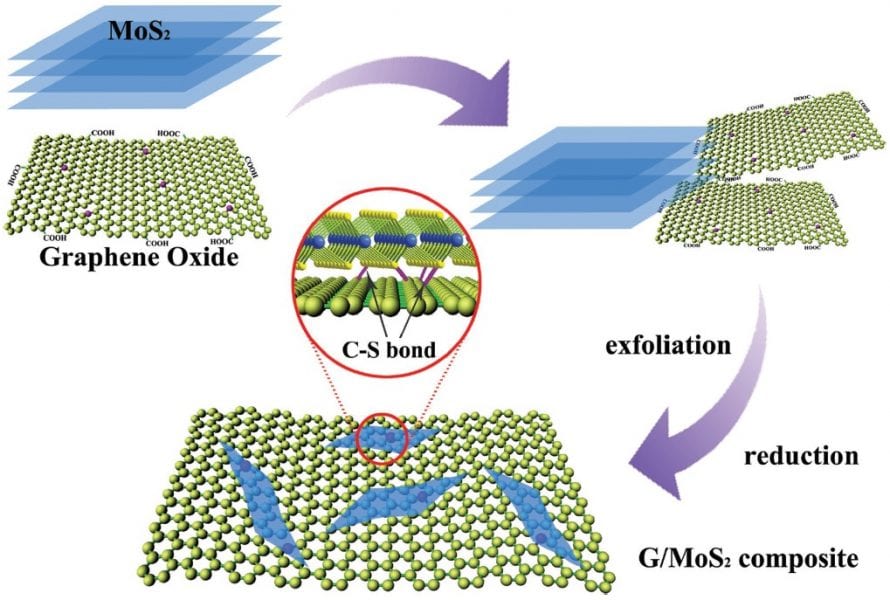
The electrochemical performance of graphene/MoS2 heterostructures is optimised and the kinetics of their lithium storage mechanism are elucidated.
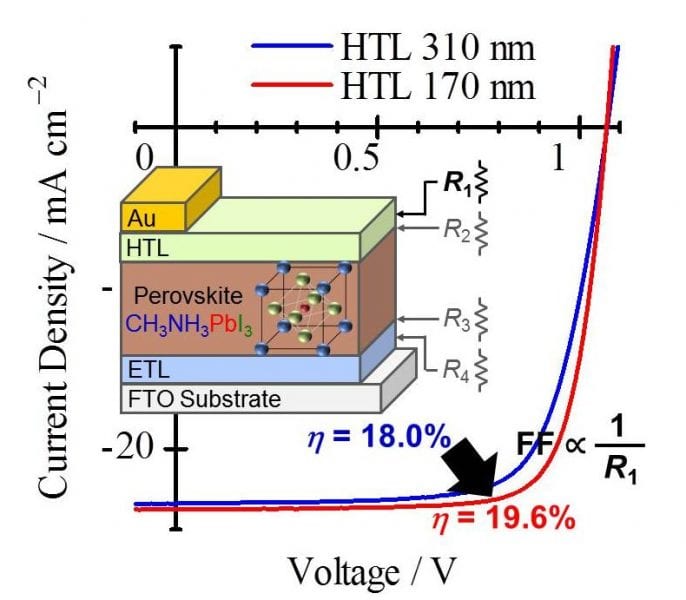
Perovskite solar cells with different thicknesses of the hole-transporting layer are fabricated.

Concept of ‘breathing glass’: The biobased poly(limonene carbonate) (PLimC) unifies sustainability, carbon capture and utilisation of carbon dioxide in one material.
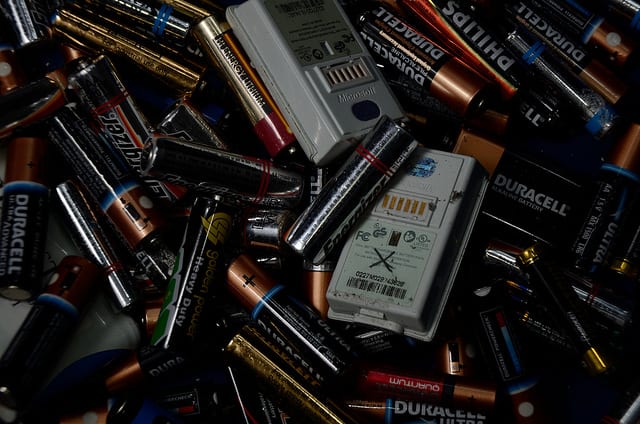
Safer technologies with higher energy densities and longer working lives are at the top of the list for lithium battery research.
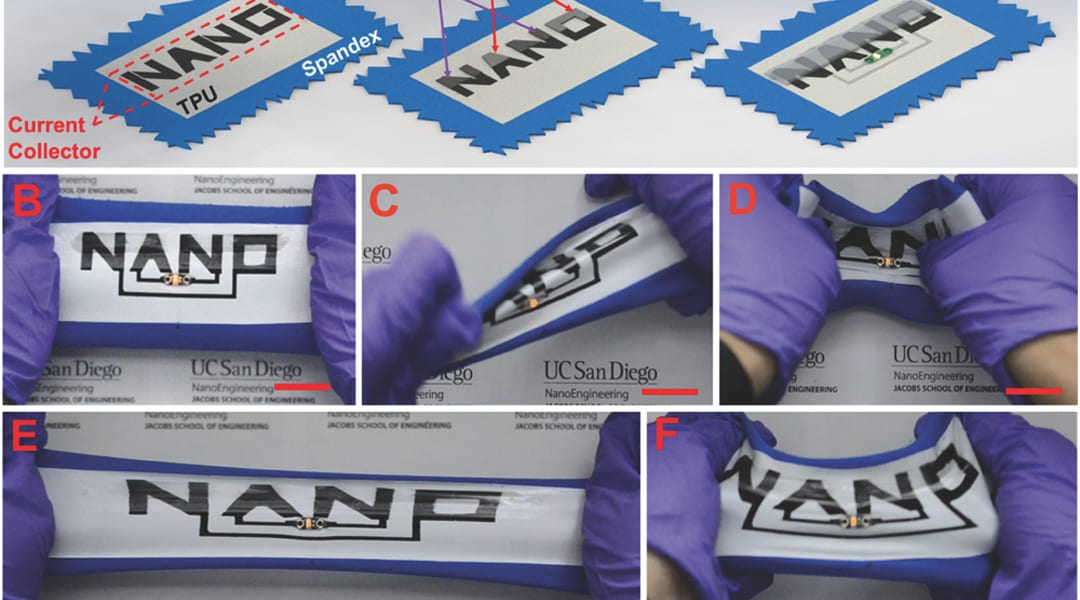
Strategy for all-printed Zn-Ag2O battery on a stretchable textile and photographs of sealed battery while being stretched, twisted and indented.